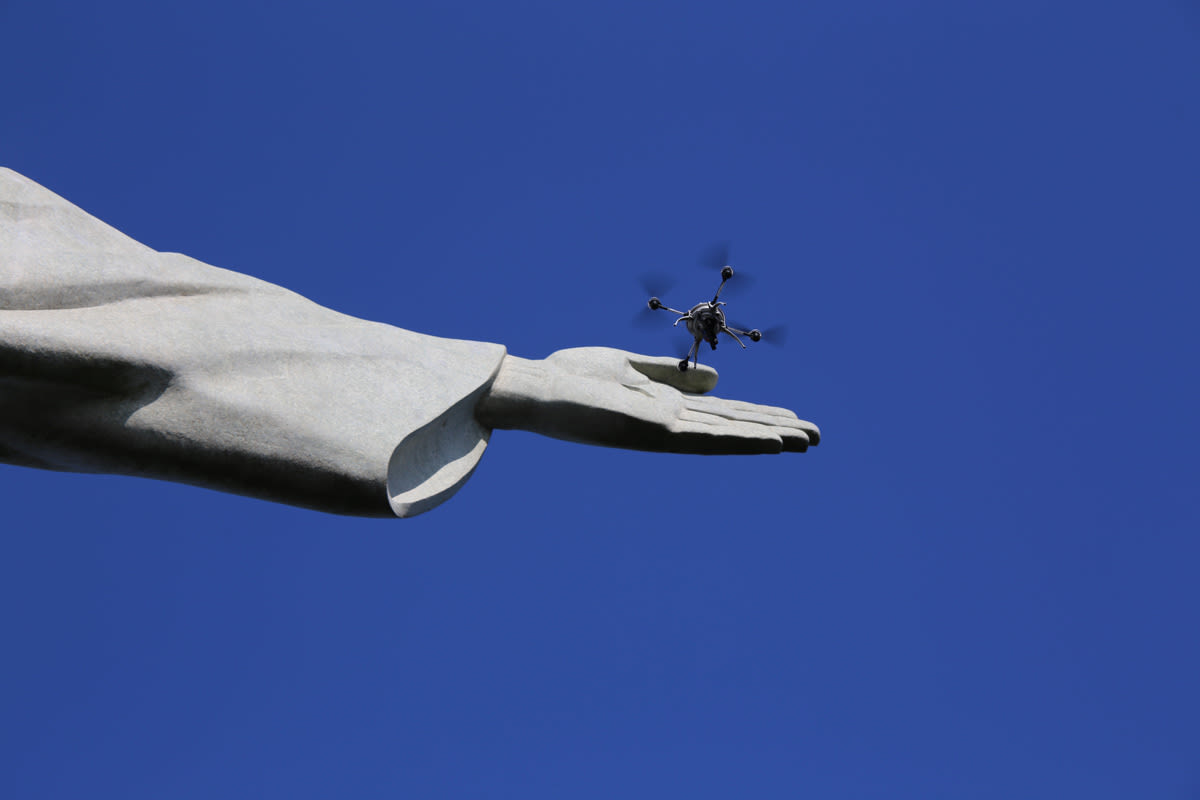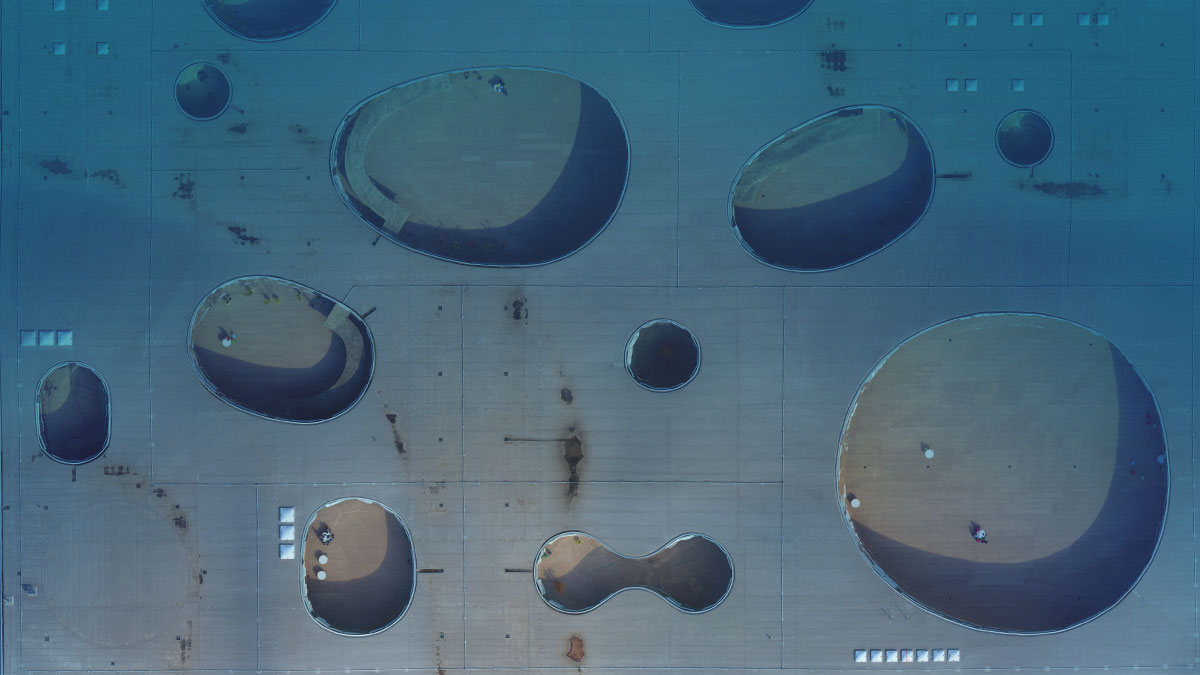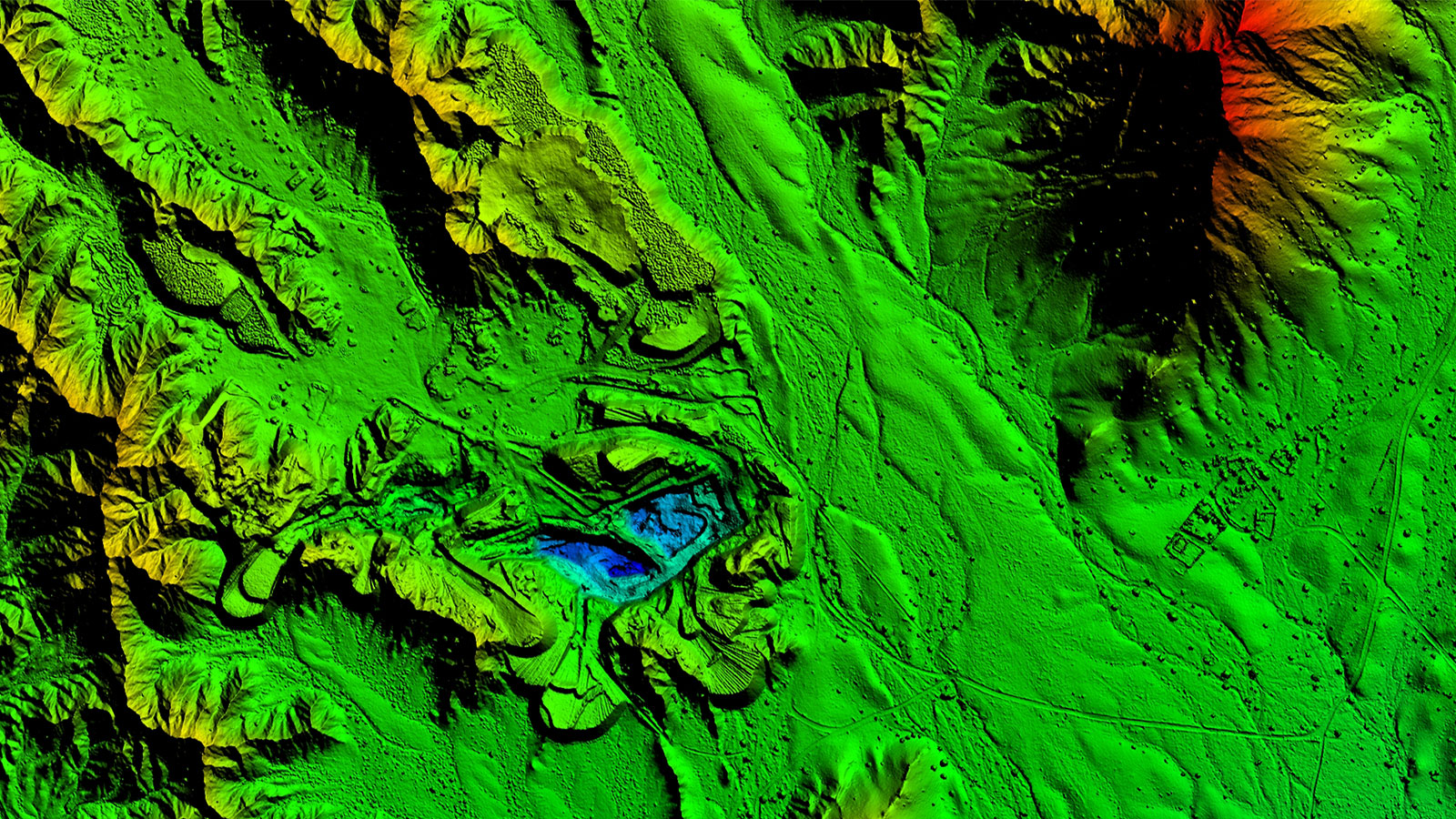Modeling Christ the Redeemer statue in 3D
Christ the Redeemer (Cristo Redentor in Portugese) is the icon of Rio de Janeiro and the most important statue in Brazil.
Standing at the peak of the 700 meter high Corcobado Mountain, the statue can be admired throughout Rio. Christ the Redeemer is 30 meters high, and is raised still higher by an 8 meter base. The statue's massive arms stretch 28 meters wide.
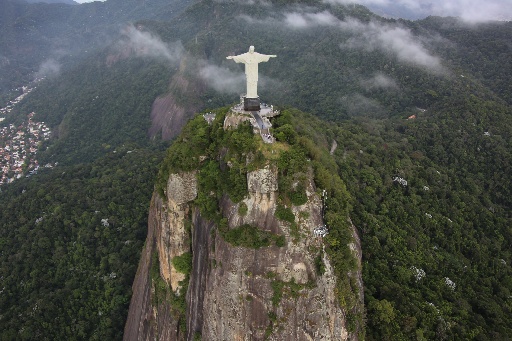
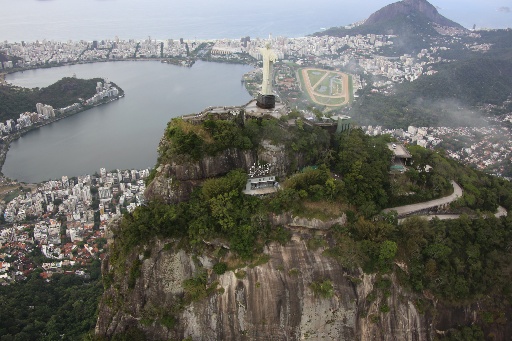
Pix4D, in collaboration with PUC University of Rio de Janeiro and Canadian UAV manufacturer Aeryon labs, took on the challenge of creating the first ever, accurate high-resolution, 3D reconstruction of the Christ the Redeemer.
Before this project, all 3D models and replicas were created by hand. Accurate 3D reconstruction was impossible as technology such as LiDAR was not able to scan all of the massive statue, due to its size, location, difficulty of access and challenging weather.
Despite strong wind, fickle weather conditions, restricted hours for data acquisition, and inconsistent lighting, the project team acquired over 3,500 images for processing in PIX4Dmapper. The impressive high-resolution model of Christ the Redeemer and its surrounding area are in the format of a point cloud with 134.4 million points and a full textured 3D mesh with 2.5 million triangles.
Project information
| Teams | Pix4D, PUC Rio, Aeryon Labs Inc |
| Hardware | Aeryon Scout quad rotor UAV with integrated camera |
| Software | PIX4Dmapper |
| Flights | 19 |
| Images captured | 3,584 |
| Point cloud | 135 millon points |
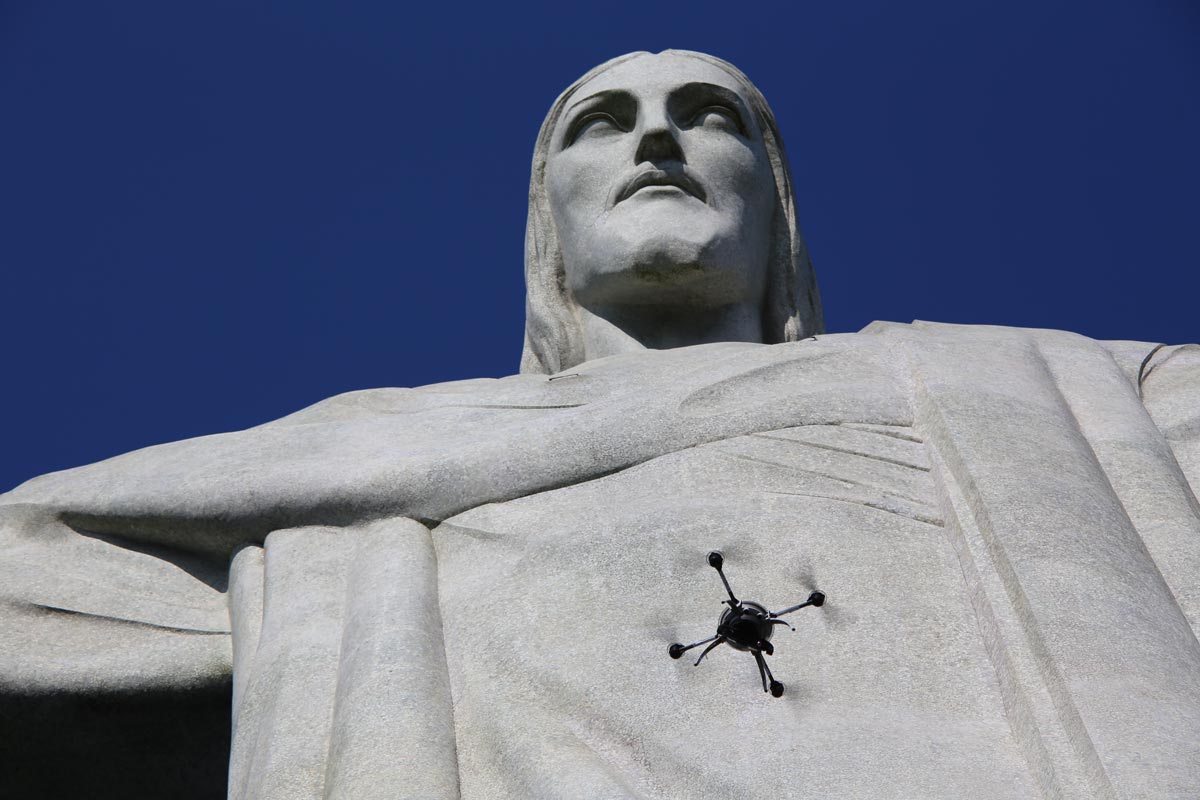
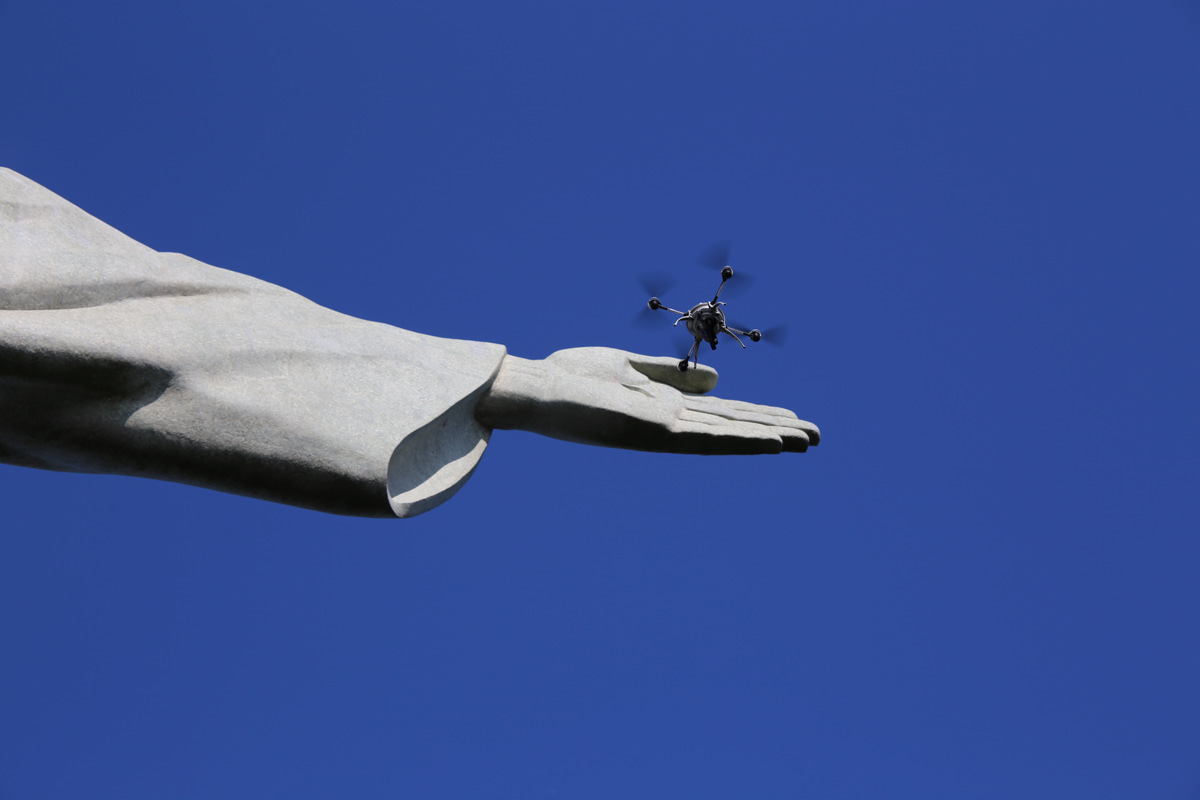
Overcoming challenging flight conditions
Weather patterns
Poor visibility from fog and cloud cover was a challenge that the team needed to consider and adapt to each day during flight planning. Generally the clouds were low and often eclipsed the statues view from the city below early in the morning or after the frequent early morning rain showers. As a result the ability to see the statue was reduced to between 5 and 50 meters for several days during the data acquisition time period.
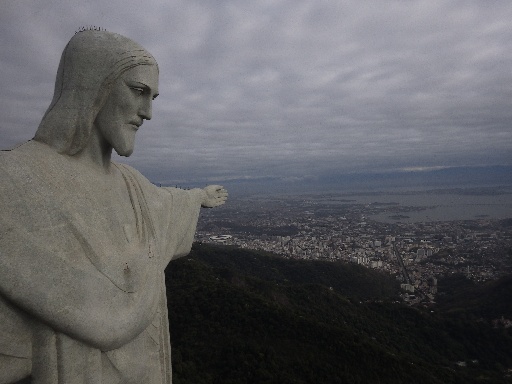
The complex shape of the peak as well as micro weather and wind patterns encountered at the top of Corcovado Mountain created unique and challenging flying conditions.
Wind that hits a peak or dome like Corcovado creates higher pressure on the wind facing side and lower pressure on the shadow side. This in turn can create a high velocity upward air stream to the front side and chaotic flow patterns that pull down on the other side. It can also result in a discontinuous boundary at a certain elevation above the peak where the transition between the low and high wind speed is quite sudden.
The figure below shows the discontinuous effect of elevation on wind velocity on Corcovado Mountain. The Aeryon Scout flight control system performs position corrections at a hundred times a second. This allowed the UAV to stay in place while transiting the discontinuity. By comparison a UAV flown manually with a remote control would not operate as reliably under these conditions and could potentially drift off course 10 meters to the east-north in 1 second before the operator could respond appropriately.
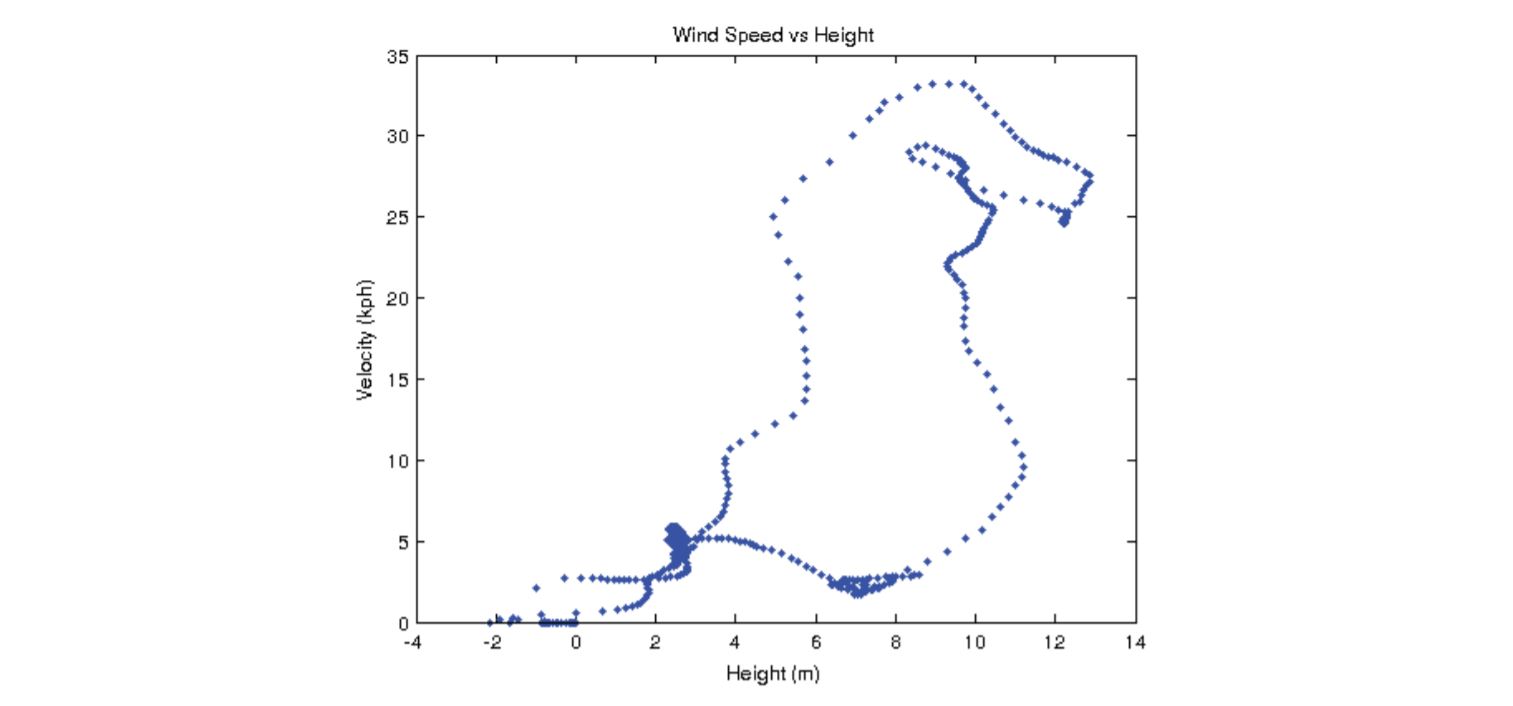
The changing weather conditions also made processing more difficult, as the light varied between extremely low light in cloudy and foggy weather to bright sunshine reflecting off the white surface of the soapstone tiles covering the statue.
Keeping the visitors safe
Christ the Redeemer is the most visited monument in Brazil To ensure the safety of visitors the project team was granted special permission from various administrations to enter the site before and after official visiting hours. This limited flying time to just 1.5 hours each morning.
During this project line of sight was maintained at all times between the operator and the Aeryon Scout.
All flights were launched approximately 8 meters from the foot of the statue However these take-off locations were limited by the effect of the electromagnetic disturbances around the statue, caused by the large amount of iron in the terrace support structures that are designed to support the weight of the statue as well as the thousands of visitors. The take-off area was also restricted to a 1m x 1m area due to the many electrical cables that were used to light the monument and surrounding area each night.
Accounting for all of these factors left little time for flights and called for well-defined flight paths planned ahead of time.
Collecting the data, carefully
Due to a higher-than-usual payload, the Scout drone could only fly for 15 minutes at a time, instead of the usual 20. The team agreed to add a 5 minute safety margin, resulting in a flight time of just 10 minutes per battery. Before and after each flight, the team needed 5 minutes to download data, change the batteries, estimate flying and lighting conditions and launch again.
Images were captured with 80% overlap. The image optical zoom was locked to avoid a reduction in focus depth and to maintain image quality.
Over eight days, the team flew a total of 19 times, each flight concentrating on capturing a different aspect of the statue.
Creating the 3D model
A total of 2,090 images were used to recreate Christ the Redeemer in 3D.
To reconstruct such a massive and complex structure, the Pix4D team created three main projects (the statue itself, the base, and the surrounding area) plus nine sub-projects.
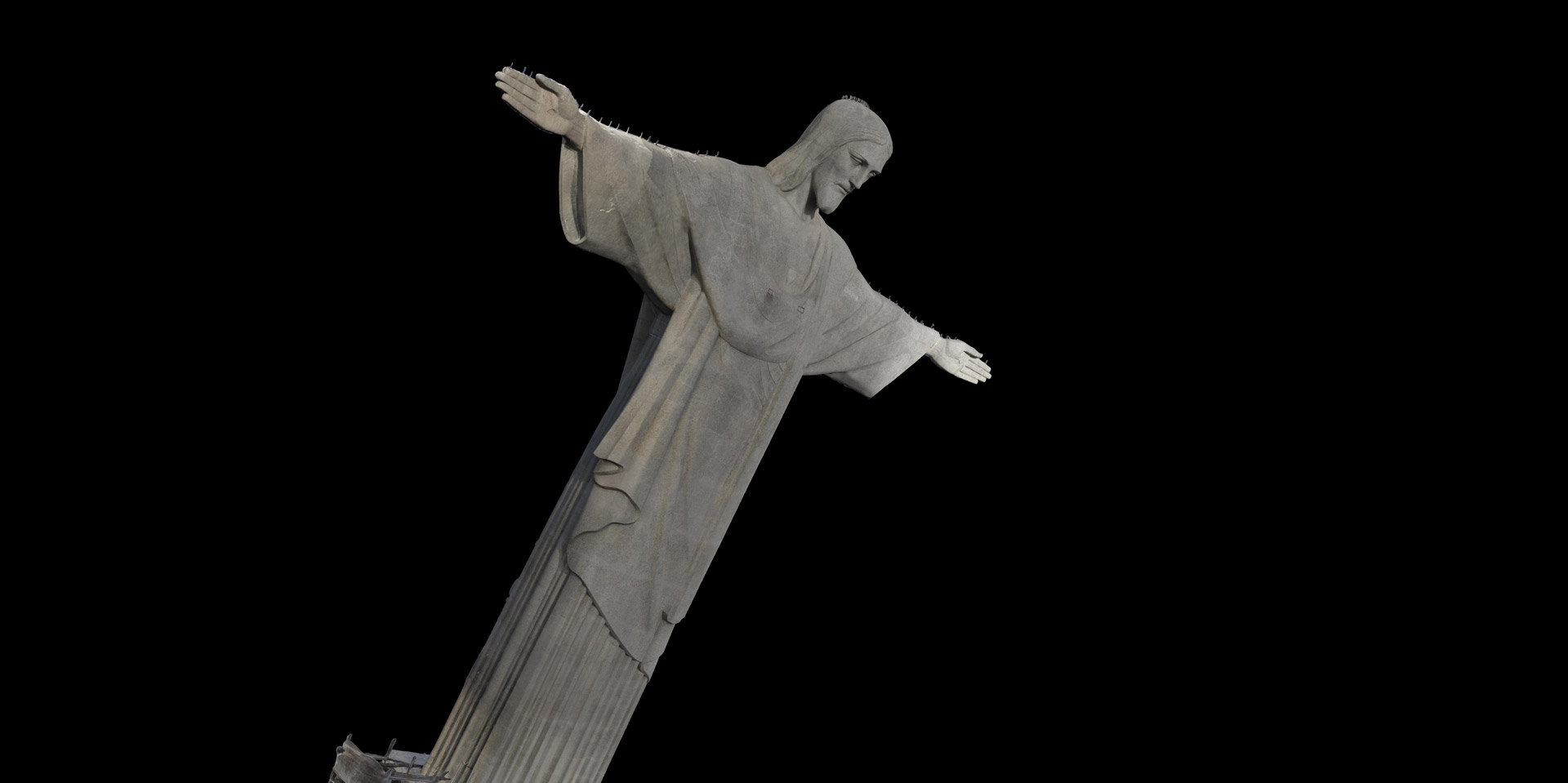
All projects were merged and had a total of 82 common tie points. After densifying the project, the point editing tools were used to crop out unwanted areas, and the annotation feature was used to filter out background points such as the sky.
To ensure the reconstruction was scaled correctly, the team on site measured the width of the upper base with a measuring tape. This was used for scale refinement for the entire project.
The team took some key measurements in PIX4Dmapper and compared them to the expected values - taken from the original drawings of the statue dated 1924.
| Measured in PIX4Dmapper | Original drawings | |
| Height of statue | 30.00 meters | 30.03 meters |
| Height of base | 8.09 meters | 8.00 meters |
| Horizontal distance fingertip to fingertip | 29.42 meters | 29.40 meters |

The final project is so detailed that the soapstone tiles can be clearly seen on the statue's face.

Explore the full project on Sketchfab.
